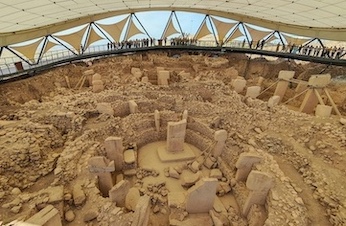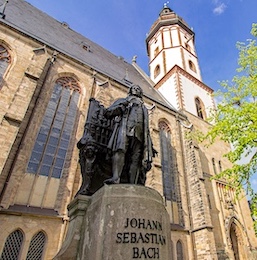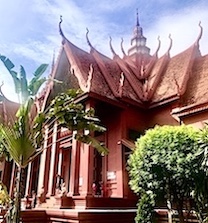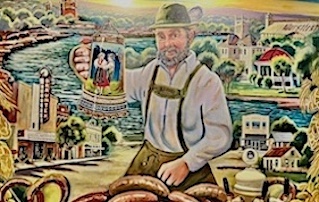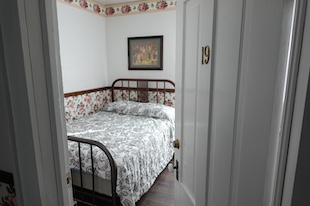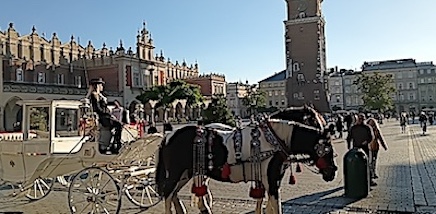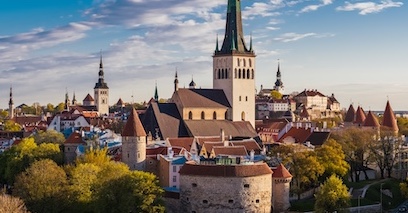Hill Country settlements between Austin and San Antonio, 80 miles apart in south-central Texas, now form one of the most attractive and historic regions in the entire state. Young families yearn to move there for the good schools and a breezy lifestyle. Chocolate shops, cast-iron-pan factories, and gourmet-salsa-makers thrive. Nouveau-Italian restaurants, hat-and-boot boutiques, and yuppified “saloons” do a land-office business. And tourists are thicker than fleas on a lazy possum. You’ll find scads of them (tourists, not fleas) in Fredericksburg, which bills itself as the most German city in Texas. “On the town’s city limits signs, the population is given as 11,257,” says David Schafer, an author, historian, and driver of the Fredericksburg Trolley tour bus. “We get about 1.5 million visitors annually. Around 25,000 of them show up each year to the town’s Oktoberfest celebration. Fredericksburg has a Texas heart and a German soul.”


